RLV anand The most famous classical dance choreographer in kerala. A competent performer, choreographer and teacher, he heads his own dance institution "Yadhukulam Natygriham" at Chalakudy, Guruvayoor and Calicut. Rlv Anand has taken his diploma, post diploma, BA, MA in Bharathanatyam from RLV College, Tripunithara. Anand has contributed his own concepts to the traditional dance style through his experimentation and innovations in Bharatanatyam, Mohiniyattam and Kuchipidi. He produced and choreographed several dance dramas in his own style, which are highly appreciated.
Classical Dance choreographer
A competent performer, choreographer and teacher, he heads his own dance institution "Yadhukulam Natygriham" at Chalakudy, Guruvayoor and Calicut. Rlv Anand has taken his diploma, post diploma, BA, MA in Bharathanatyam from RLV College, Tripunithara. Anand has contributed his own concepts to the traditional dance style through his experimentation and innovations in Bharatanatyam, Mohiniyattam and Kuchipidi. He produced and choreographed several dance dramas in his own style, which are highly appreciated.
Classical Dances of South India
Indian Classical Dance is one of the most comprehensive and oldest dance forms in the world. Most of the development of Indian dance is linked to the 2nd century B.C. treatise. This treatise, Bharata’s Natyashastra, is the most important source for establishing the characteristics of Indian dance and drama.The Sangeet Natak Akademi, the National Academy for Music, Dance and Drama of India, confers classical status on eight dance forms of India --- Bharatanatyam, Odissi, Kuchipudi, Manipuri, Mohiniyattam, Sattriya, Kathakali, and Kathak. Out of these eight, four originated in South India. They are Bharatanatyam, Kuchipudi, Mohiniyattam, and Kathakali.
Bharatanatyam
Bharata Natyam is one of the eight Indian classical dance forms of India. This dance form originated in the temples and courts of southern India. Later it was documented as a performing art in the 19th century by four brothers known as the Tanjore Quartet (musicians). Their musical compositions are use for Bharata Natyam dance repertoire even today.Bharatanatyam can be performed solo or in a group. The pure dance is called nritta and the expressive is nritya. The solo dancer uses various methods of story-telling to interpret the verses and stories she performs. The person who conducts the recital is called the natatuvanar,, who is generally the guru of the dancer.
To learn mohiniyattam-kuchipudi-classical-bharatanatyam dances contact :rlvanand001@gmail.com
for more visit http://rlvanand.com/

.jpg)

.jpg)


.jpg)





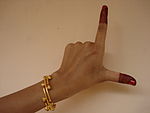

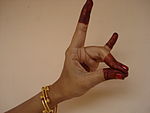
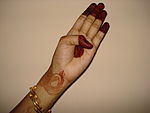


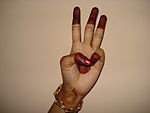

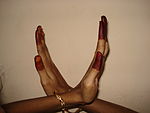
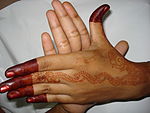

















.jpg)









